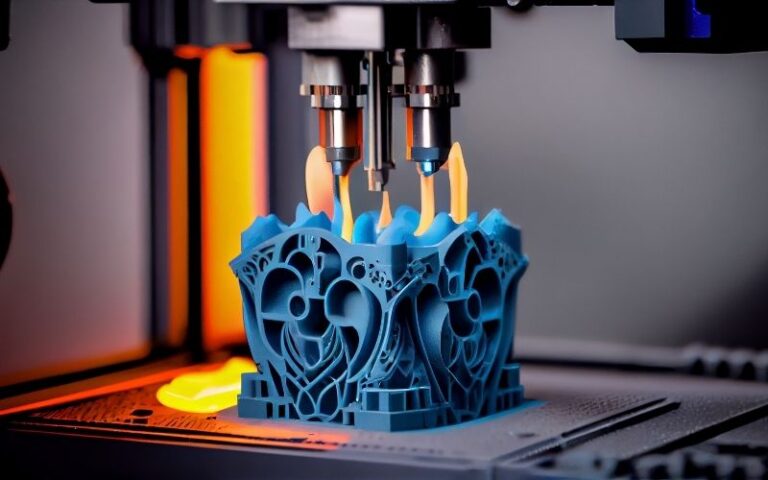Semidraws has gained significant attention in the world of art for its blend of traditional and modern techniques. It is a unique form that blends elements of drawing with the semi-realistic depiction of subjects. Whether you’re a novice artist or someone who appreciates creative expressions, understanding Semidraws can enrich your artistic knowledge and appreciation. In this article, we will dive deep into the world of Semidraws, exploring its origins, techniques, and the impact it has made in the art community.
Key Points:
- Semidraws merges traditional drawing techniques with semi-realistic elements.
- The art form requires a balance between creativity and precision.
- Semidraws has grown in popularity due to its versatility and uniqueness.
What Is Semidraws?
Semidraws, a blend of traditional drawing techniques and semi-realism, has become a distinct form of artistic expression. In its essence, this art form focuses on portraying subjects with a touch of realism but not necessarily achieving complete lifelike accuracy. The result is often a stylized or artistic version of reality that retains certain recognizable features while maintaining an abstract or creative approach.
This style often uses clean lines and simple shading to represent depth and texture. It’s not just about the accuracy of the depiction, but also about the artist’s interpretation of the subject. By drawing inspiration from both realism and abstract styles, Semidraw has become a popular choice for artists who want to explore new creative avenues.
How Did Semidraws Emerge?
Semidraws is a relatively new art form, born out of the evolution of traditional drawing techniques. The rise of digital art platforms and the growing influence of social media allowed artists to share and refine this style with a global audience. While there isn’t a single origin story for Semidraws, it is clear that the form took shape when digital artists began experimenting with the limits of realism and abstraction.
Historically, many art movements have explored the combination of realism and abstraction, from Impressionism to Surrealism. Semidraw continues this tradition by offering a space where both styles can coexist, allowing the artist to experiment with colors, shapes, and textures in new ways. As digital tools became more accessible, artists were able to create highly detailed works that maintained a level of abstraction, contributing to the rise of the Semidraws genre.
Why Is Semidraws Gaining Popularity?
The increasing popularity of Semidraws can be attributed to several factors, especially the versatility it offers to both amateur and professional artists. One of the main reasons for its growing recognition is the freedom it offers. Unlike traditional forms of drawing or painting, Semidraws allows for an interpretation of reality that blends stylistic creativity with recognizable imagery.
Additionally, as social media platforms such as Instagram and DeviantArt thrive, Semidraws has found a wide audience. Artists often showcase their work digitally, enabling them to reach people from all over the world. These platforms also foster a sense of community, where artists share tips, tutorials, and inspirations, further contributing to the popularity of this art style.
Another factor that boosts its appeal is the accessibility of digital tools. Artists no longer have to rely on traditional mediums to create their works. With software like Adobe Photoshop, Procreate, and others, it’s easier than ever to experiment with Semidraws techniques and share them with a large audience.
What Are the Techniques Used in Semidraws?
Semidraws involves a unique set of techniques that allow artists to create semi-realistic representations while still leaving room for creative expression. Below, we’ll explore some of the key techniques used in this art form.
- Line Work: One of the foundational elements of Semidraws is the use of clear, precise line work. This helps define the shape of the subject while maintaining an element of abstraction. The lines are often bold, which makes the subjects stand out, giving them a distinctive look.
- Shading and Textures: Shading is used to create depth and contrast within the artwork. Artists often utilize digital tools to blend or layer shadows and highlights, which adds texture to the piece. While traditional techniques use hatching and cross-hatching, digital tools provide more flexibility and smoothness.
- Color and Gradients: Colors play a pivotal role in Semidraws. Many artists use bold, contrasting colors to evoke emotions or focus attention on particular parts of the artwork. Gradients are often used to add smooth transitions between colors, allowing for a seamless blend of reality and abstraction.
- Stylization: While some elements of the artwork are realistic, artists tend to stylize certain features to make them more expressive. For example, the eyes of a character may be exaggerated to enhance their emotional impact, while other features may be simplified to create a more artistic impression.
- Digital Enhancement: In the modern era, digital tools play a significant role in enhancing Semidraws. Artists use digital brushes and effects to achieve various textures and visual effects that would be hard to replicate with traditional mediums. This allows for more experimentation and fine-tuning of the art.
What Are the Challenges in Creating Semidraws?
Creating Semidraws comes with its own set of challenges. While it may seem like a free-flowing form of artistic expression, it requires skill, patience, and the ability to balance realism with abstraction.
- Achieving the Right Balance: One of the most difficult aspects of creating Semidraw is finding the right balance between realism and artistic interpretation. Artists must make sure that their work is still recognizable, but also unique in its expression.
- Mastering Digital Tools: While digital tools make it easier to create intricate details and textures, they can also pose a challenge for those unfamiliar with them. Mastering the use of these tools is essential for achieving a high level of quality in Semidraw.
- Attention to Detail: Even though Semidraw is not about complete realism, attention to detail is crucial. Subtle shading, line work, and color choices can make a huge difference in the overall appearance and impact of the piece.
- Staying Consistent: Since Semidraws involves a mix of realism and abstraction, it can be tricky to maintain consistency throughout the artwork. The artist needs to ensure that different elements of the drawing complement each other and maintain a cohesive style.
Conclusion: The Future of Semidraws
Semidraws is an exciting and evolving art form that blends the best of traditional drawing techniques with a modern twist. Whether you are a digital artist or someone who simply appreciates creative works, the world of Semidraws offers something new and innovative.
As the art community continues to grow and embrace digital tools, it is clear that Semidraws will continue to thrive. Artists will keep experimenting with new styles, techniques, and technologies to create works that blur the lines between realism and abstraction.
In the future, Semidraws could see further evolution with the rise of new technologies, such as virtual reality and augmented reality, which could offer entirely new ways for artists to explore this genre. For now, it remains a powerful and flexible form of expression that celebrates creativity, skill, and individuality.
FAQ’s
- What is Semidraws?
Semidraws is an art form that combines traditional drawing techniques with semi-realistic elements, creating an artistic blend of abstraction and realism. - Why is Semidraws popular?
The versatility, freedom of expression, and the rise of digital tools and social media have contributed to the growing popularity of Semidraw. - Can I create Semidraws without digital tools?
While digital tools enhance the art form, it is possible to create Semidraws using traditional methods like pencils and markers, though digital tools offer more flexibility. - What are the main techniques used in Semidraws?
The main techniques include line work, shading, color gradients, stylization, and digital enhancement, allowing for unique and creative expressions. - Is it difficult to master Semidraws?
Mastering Semidraws requires practice and skill, particularly in balancing realism with stylized elements, and in using digital tools effectively.


















